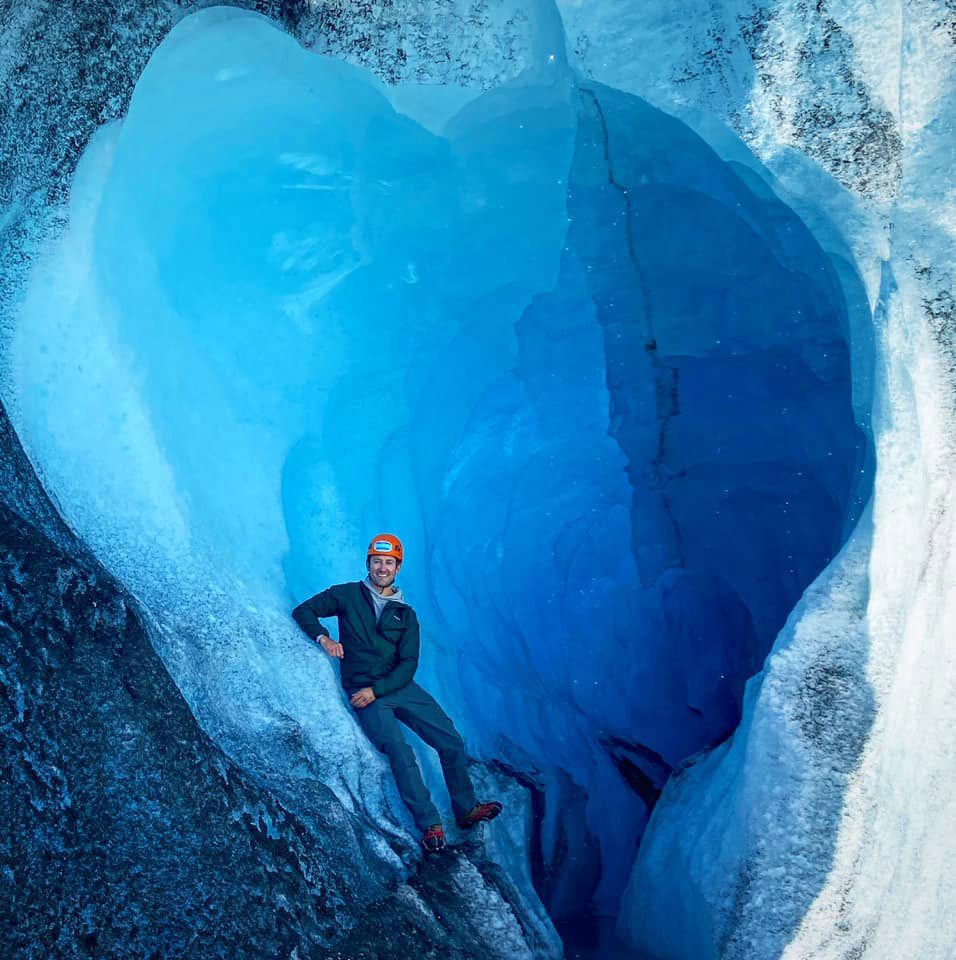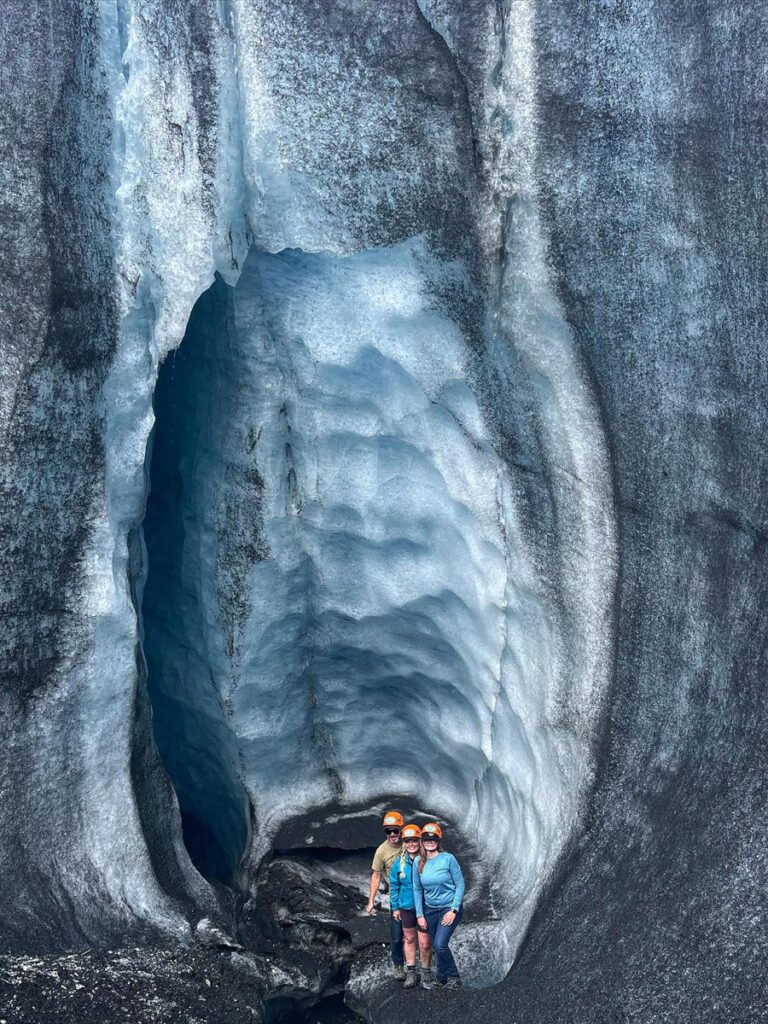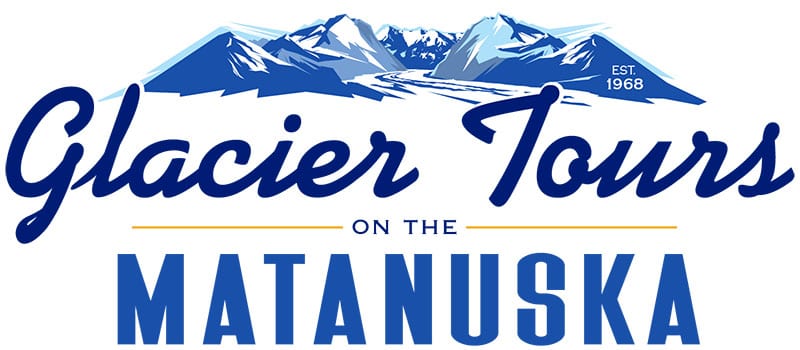What is a Moulin in Ice?
Have you ever wondered about the fascinating features found within ice formations? One such captivating feature is a moulin. Moulins are vertical shafts or chutes that penetrate the surface of glaciers, carrying meltwater from the surface down to the ice base.
This article will delve into moulins, exploring their formation, characteristics, and significance in ice formations.
In glaciology, a moulin (pronounced “moo-lahn”) refers to a vertical conduit that acts as a drainage system within glaciers. These cylindrical shafts or chutes can be several meters in diameter and extend from the surface to the ice base. Moulins are intriguing formations that play a significant role in glacial dynamics.

Formation of Moulins
Moulins are primarily formed due to the melting of ice and the subsequent drainage of water through crevasses or cracks in the glacier’s surface. It melts as the sun’s heat or warm rainwater reaches the glacial surface. The meltwater then seeps through the crevasses, gradually widening and deepening them until a moulin is formed.
Characteristics of Moulins
Moulins exhibit distinct characteristics that set them apart from other glacial features. They often possess a cylindrical shape, resembling a well or a sinkhole. The diameter of a moulin can vary greatly, ranging from just a few centimeters to several meters wide. These structures can extend vertically for hundreds of meters, allowing water to flow deep into the glacier.
Importance of Moulins in Glacial Dynamics
Moulins play a vital role in glacial dynamics by facilitating the transportation of meltwater from the surface to the base of the glacier. As the water descends through the moulin, it lubricates the glacier’s base, reducing friction between the ice and the underlying bedrock. This enhanced lubrication promotes the glacier’s flow, affecting its overall movement and speed.

The Role of Moulins in Climate Change
Moulins are of particular interest in the context of climate change. As global temperatures rise, glaciers experience accelerated melting, leading to an increase in meltwater production. The formation of moulins becomes more prevalent under these conditions, resulting in amplified water drainage and potential alterations in glacial dynamics. The study of moulins contributes to our understanding of the impact of climate change on glacier behavior.
Famous Moulins Around the World
Throughout the world, several remarkable moulins have captivated the attention of researchers and adventurers alike. One notable example is the Moulin du Geant, located on the Mer de Glace glacier in the French Alps. This moulin extends approximately 150 meters deep into the glacier, showcasing the awe-inspiring power of nature.

Safety Considerations Around Moulins
While moulins can be fascinating, they pose significant risks to those venturing near glaciers. The unstable ice surrounding the moulin can lead to hazardous conditions. It is crucial to prioritize safety and exercise caution when exploring glacial environments to avoid accidents and ensure a positive experience.
Conclusion
In conclusion, moulins are intriguing natural formations that offer insights into glacial dynamics. These vertical shafts or chutes serve as conduits for meltwater, playing a crucial role in the lubrication and movement of glaciers. As we continue to study and understand moulins, we better understand climate change’s impact on glacial environments.
FAQs About Moulins on Glaciers
Yes, moulins can also occur in ice sheets and shelves, not just glaciers.
Moulins can extend vertically for hundreds of meters, depending on the size and structure of the glacier.
Moulins can be hazardous due to the instability of the surrounding ice. It is crucial to prioritize safety and seek guidance from experienced professionals when exploring glacial regions.
Moulins primarily affect the movement and dynamics of glaciers and do not directly contribute to sea level rise.
Yes, moulins can vary in shape and size due to melting and shifting ice conditions.

